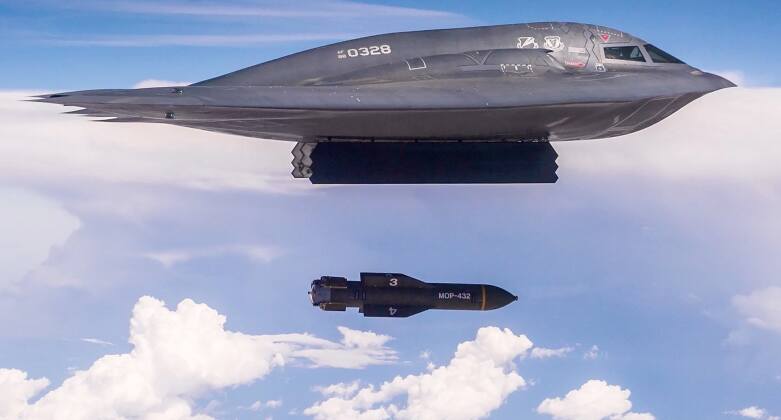News
After Half a Year Grounded By Accidents America’s Sole Stealth Bomber Squadron is Finally Operational Again
The U.S. Air Force’s sole squadron of stealth bombers, the the 509th Bomb Wing based at Whiteman Air Force Base, has returned to operations, with the flight of one of its B-2 bombers on May 22 being the first by the squadron in over six months. An accident at Whiteman Air Force Base on December 10, 2022, was followed by reports three days later that the aircraft suffered damage after experiencing an “in-flight malfunction during routine operations” including an onboard fire. This followed a prior emergency landing in September 2021 which took another B-2 out of service, which brought the total size of the American stealth bomber fleet to just 18 airframes. The December 10 crash resulted in the closure of the airbase’s runway for over 10 days, with the B-2 fleet subsequently remaining grounded as part of a long safety pause. The B-2’s maintenance requirements are by many estimates the greatest in the world, with this resulting in exorbitant operational costs far higher than those envisaged when the aircraft began development. This and major overruns in production costs forced the Air Force to cut the fleet down to just 20 serial production airframes from an originally planned 120, with these airframes costing approximately $2 billion each.

The B-2 has since its entry into service in 1997 been among the most fragile combat aircraft in the world, with the aircraft needing to be stored in specially air conditioned hangars and kept out of rain which has ruled out options for deployments outside U.S. territory. The aircraft are nevertheless prized for their very high endurances and their ability to fly into defended enemy airspace in ways the older B-1B and B-52H cannot. This makes the B-2 effectively the only asset which can contribute to deliveries of heavy gravity bombs such as the GBU-57 which are relied on to engage heavily fortified targets such as North Korean underground bases or Iranian nuclear weapons facilities. Nevertheless, having been designed in the 1980s, the B-2’s stealth capabilities are increasingly considered obsolete in the 21st century as the sophisticated of radar systems has continued to grow exponentially and potential adversaries’ preparations to engage stealth targets have improved. Indeed, even by the early 1990s improvements in Soviet air defences with the introduction of systems such as the S-300PM in considerable numbers, and expected imminent introduction of the MiG-31M interceptor with Zaslon-M radar, led the U.S. Air Force to seriously question the B-2’s survivability and invest in modifying the airframe for low altitude flight at significant additional cost. The modification of the B-2 to be able to engage targets from safer distances using cruise missiles, as the B-52 and B-1 were before it, is seen to be at least in part a response to this.












